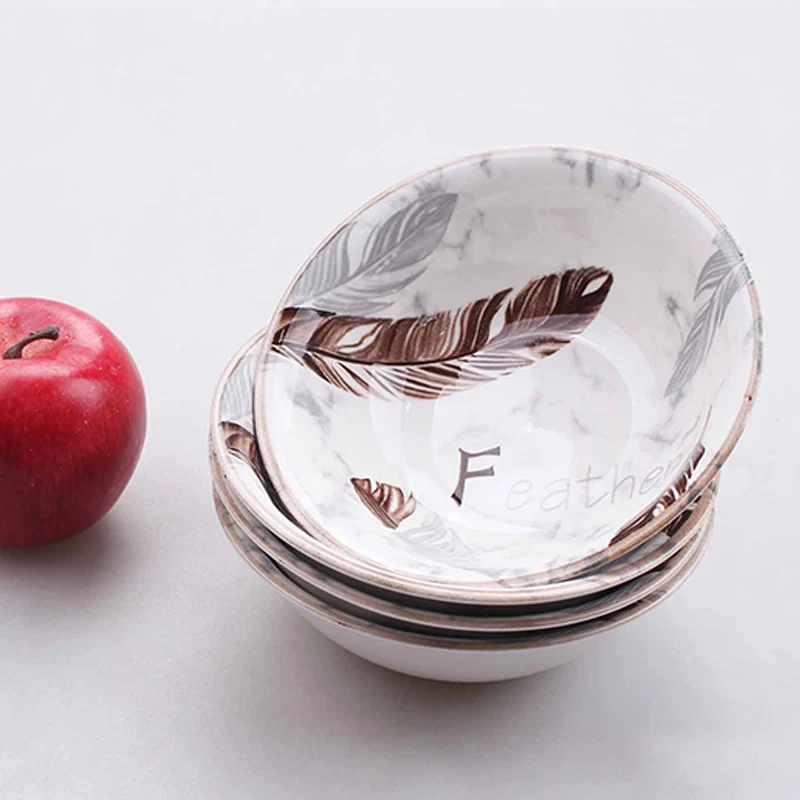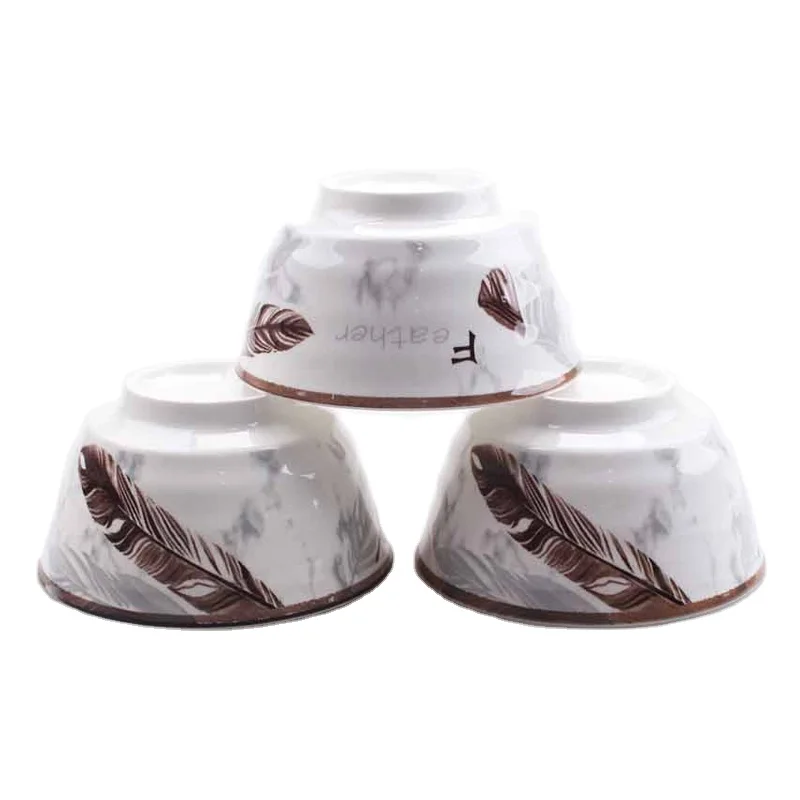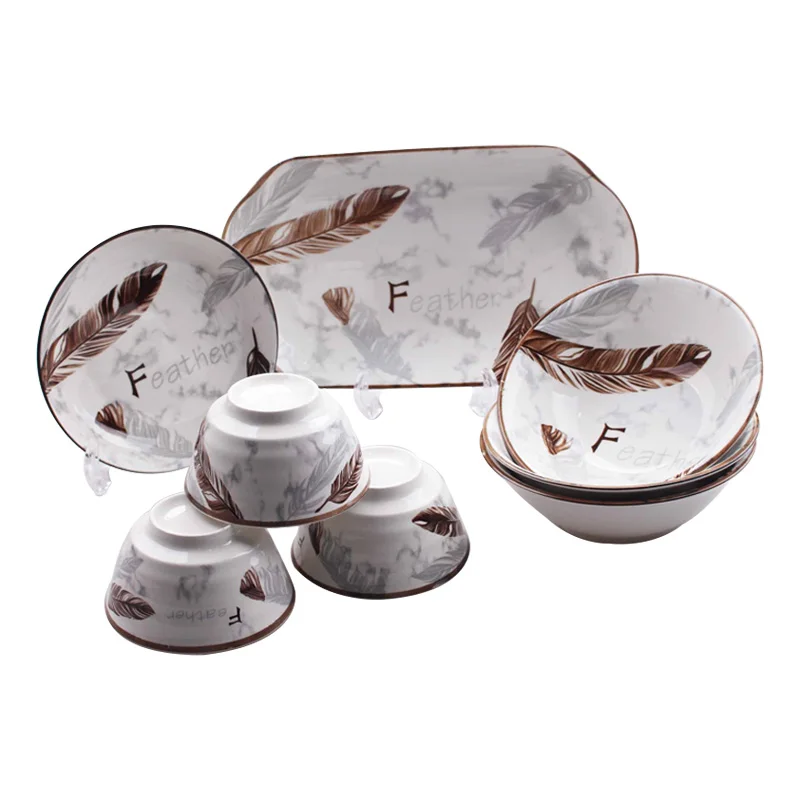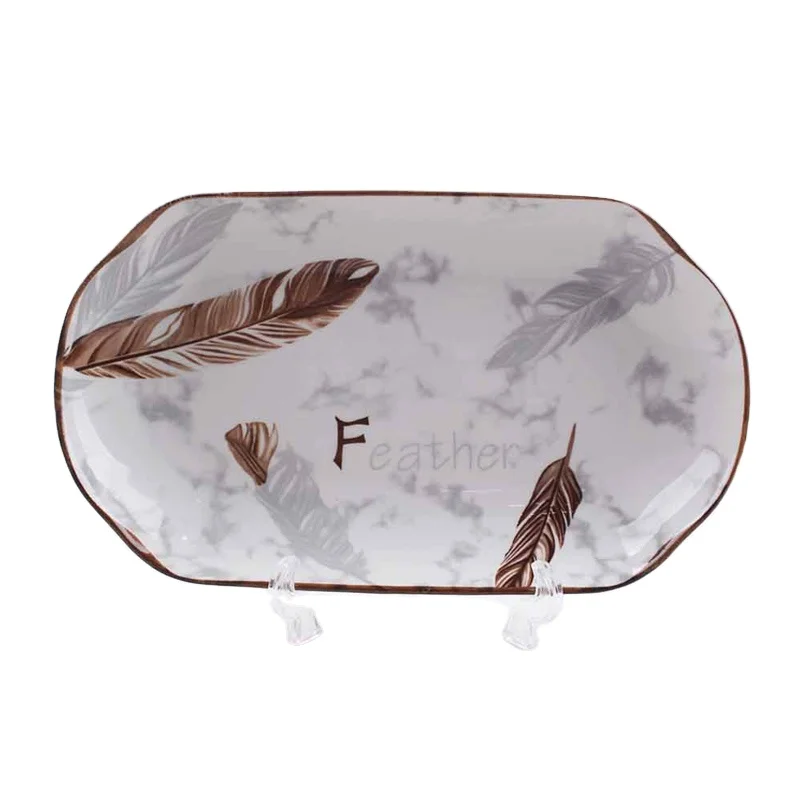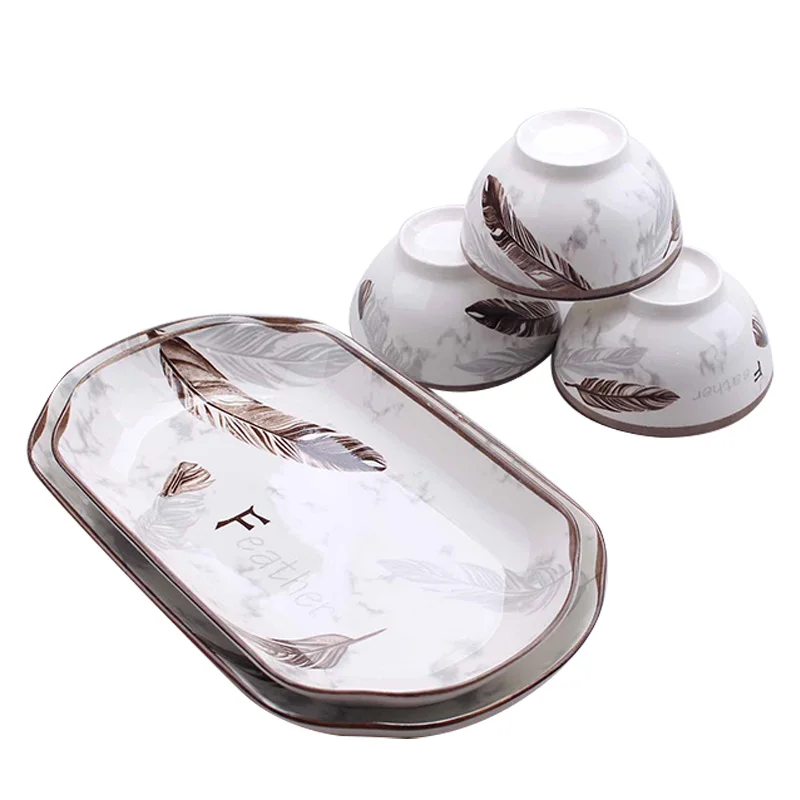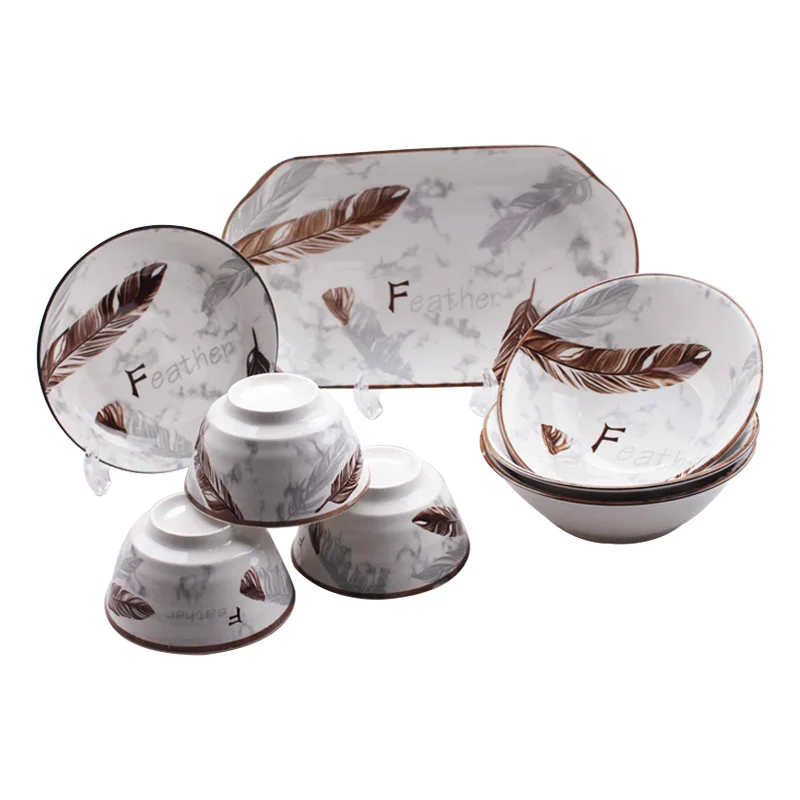Feathers: Sourcing, Types, and Applications in Textile Industry
Feathers have been a vital raw material in the textile and fashion industry for centuries. Whether you're looking for down feathers for insulation or decorative plumes for haute couture, understanding how to source, evaluate, and use them is crucial. This guide will walk you through everything you need to know about feathers in 2025.
How to Find Reliable Feathers from China in 2025
China remains the world's largest supplier of feathers, offering competitive prices and a wide variety. To find reliable suppliers:
- Check certifications like IDFL or Downpass to ensure ethical sourcing.
- Request samples to evaluate quality before bulk orders.
- Verify supplier reputation through platforms like Alibaba or Global Sources.
- Consider visiting trade shows such as the Canton Fair.
What Buyers Should Know Before Buying Feathers from China
When importing feathers from China, keep these factors in mind:
- Lead times can range from 2-8 weeks depending on quantity.
- Customs regulations vary by country; check import restrictions.
- Minimum order quantities (MOQs) typically start at 50kg.
- Payment terms usually require 30% deposit with balance before shipment.
Types of Feathers
The textile industry uses several feather types:
- Down: Soft undercoating from ducks or geese, prized for insulation.
- Contour: Outer feathers with structure, used for decorative purposes.
- Semiplume: Intermediate between down and contour feathers.
- Filoplume: Hair-like feathers used in specialty applications.
Functions and features of Feathers
Feathers offer unique properties:
- Excellent thermal insulation (down can trap air up to 10x its weight)
- Lightweight yet durable structure
- Natural water resistance
- Biodegradable and sustainable when ethically sourced
Scenarios of Feathers
Common applications include:
- Outdoor gear (sleeping bags, jackets)
- Luxury fashion accessories
- Home furnishings (pillows, comforters)
- Craft and millinery supplies
How to Choose Feathers
Selecting the right feathers depends on:
- Intended use (insulation vs. decoration)
- Fill power rating for down (higher numbers indicate better quality)
- Color and size requirements
- Ethical sourcing preferences
Feathers Q & A
Q: What's the difference between duck and goose down?
A: Goose down generally has larger clusters, offering better insulation with less weight.
Q: How do I clean feather products?
A: Most require professional cleaning; home washing can damage the structure.
Q: Are there hypoallergenic feather options?
A: Some suppliers offer specially processed down that reduces allergens.
Q: What's the price range for bulk feathers?
A: Prices vary from $20-$200/kg depending on type and quality.
Q: How can I verify ethical sourcing?
A: Look for Responsible Down Standard (RDS) or similar certifications.



